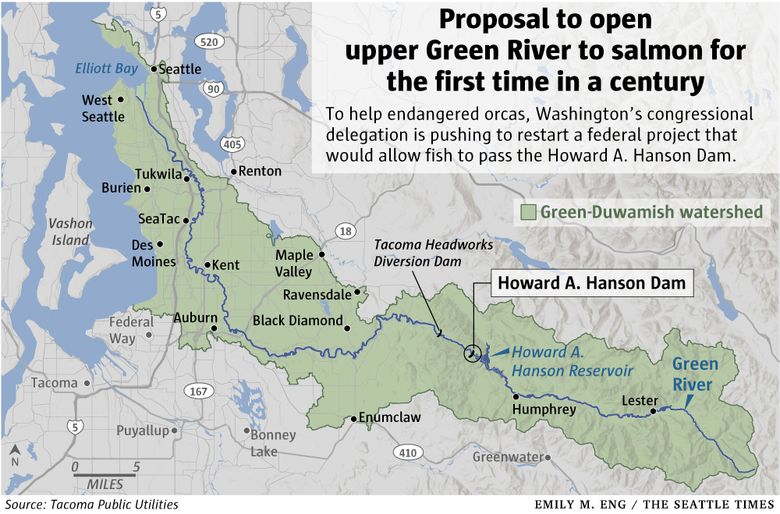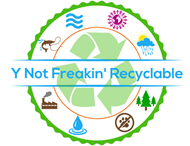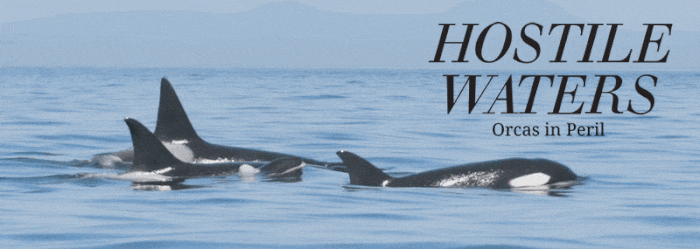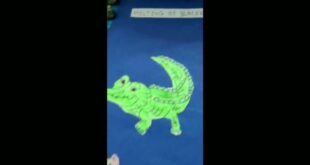[ad_1]
Salmon and steelhead could once again inhabit more than 100 miles of the upper Green River watershed now that the entire Washington congressional delegation has backed restarting a federal project to allow fish to pass the Howard Hanson Dam.
The fish-passage project could open even more habitat for chinook and coho salmon and steelhead than the celebrated Elwha Dam removal project, the largest in the world. The Howard Hanson Dam would remain intact but the work would double the amount of spawning habitat available to salmon and steelhead in the watershed — and open all of the best of it for the first time in more than a century.
All of the state’s congressional members, both U.S. senators and the 10 representatives in the House, signed a letter sent to leadership of the U.S. Army Corps of Engineers last week, insisting the agency make salmon passage at the dam a top priority. The project is urgently needed to boost salmon runs to feed the endangered southern resident orca whales that frequent Puget Sound, lawmakers said in their letter.
Also signed by the mayor of Tacoma and executive director of the Pacific Northwest Waterways Association, the letter was a rare bipartisan push for salmon and orca recovery. The Corps got the message: The agency’s 2020 workplan issued Monday includes $3 million to start planning for the project. The planning process is intended to develop a design and budget for the project to be submitted to Congress for funding.
The Green is one of the most important salmon rivers in Puget Sound, and a prime chinook producer for southern residents. Lack of regularly available, adequate salmon is a one of several factors driving the orcas to extinction, scientists have found. Getting salmon back into the upper Green has been singled out by salmon advocates as the biggest potential boost for salmon production in Central Puget Sound — and therefore could help save the whales.
The project also is very important for Tacoma Public Utilities and other local government partners that already have invested more than $400 million in water-system improvements, anticipating additional water supply that would be available at the completion of the project.
The Howard Hanson is an earthen dam on the Green River 35 miles southeast of Seattle. Completed in 1962, it is intended to reduce flooding and provide flows for salmon, municipal water supply and ecosystem restoration. The dam has prevented $21 billion in flood damage in the Green River Valley, according to the Corps, which built and operates the dam.
The dam was just part of a more than centurylong effort, still underway, to tame floods in the Green-Duwamish watershed, which includes the cities of Tukwila, Renton, Kent and Auburn; the second-largest warehousing district on the West Coast; and industrial development throughout the Duwamish Waterway in Seattle.

The National Oceanic and Atmospheric Administration, charged with both salmon and orca recovery, ordered in 2019 that fish passage be in place and operational at the Howard Hanson Dam no later than 2030. Present operation of the dam without fish passage jeopardizes the survival of both threatened Puget Sound chinook and endangered southern resident orcas, the agency found.
There is no political controversy about providing passage for salmon at the dam. Rather the problem has been getting the work done on time, and on budget. The Corps began construction in 2003. But work stopped in 2011, when the Corps projected its spending was going to balloon past what Congress had authorized. The Corps spent about $108 million, including a 100-foot-deep excavation.
Now that the project has sat idle for so long, a new design and new authorization are needed.
The project is complex. Juvenile salmon migrate near the surface of the water column — which fluctuates in height as much as 100 feet during the spring migration. Collecting fragile baby fish from such a moving target to get them past the dam is a big design challenge.
Chinook, coho and steelhead have been blocked from access to the upper Green since the Tacoma Headworks Diversion Dam first went into operation in 1913 to supply water for Tacoma.
The diversion dam is just 3 miles downstream from the Howard Hanson Dam, and has already been improved with a trap for adult fish passage. Fish captured in the trap will be trucked above the dams to the upper watershed, once passage for juveniles is operational at Howard Hanson.
The Corps’ Seattle District “is very pleased to be resuming work on this critical fish-passage project in partnership with Tacoma Public Utilities,” Jessie Winkler, chief of the Corps’ Civil Works Branch in Seattle, said in an email. “This is a tremendous opportunity to provide access to high-quality habitat for ESA [Endangered Species Act] listed Chinook and steelhead and by extension support recovery of southern resident killer whales.”
The southern residents target chinook headed to rivers over a vast area. In addition to Puget Sound rivers, the top 15 chinook stocks include fall, spring and summer runs in the Fraser River in British Columbia, the Columbia and Snake rivers, and the Sacramento River in California’s Central Valley.
 Pollution Climate Change Holocene Deforestation Population Acidification Y Not Freakin' Recyclable
Pollution Climate Change Holocene Deforestation Population Acidification Y Not Freakin' Recyclable




